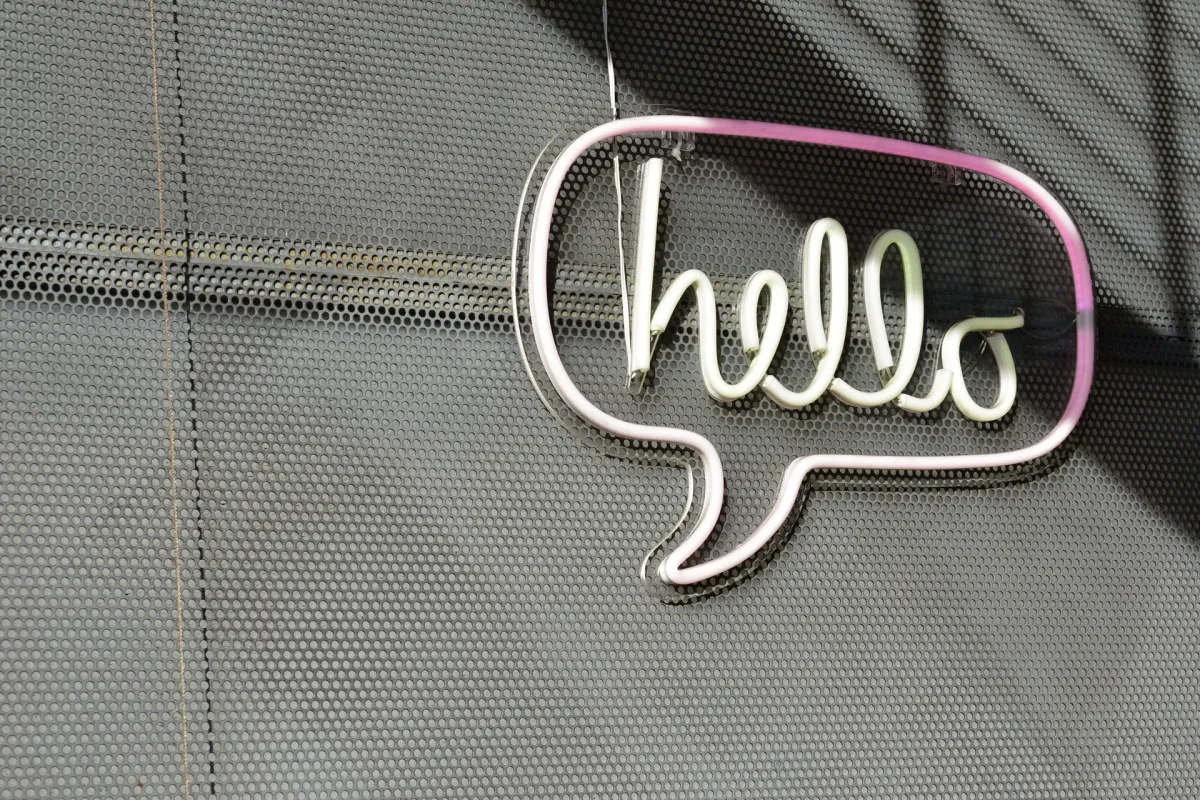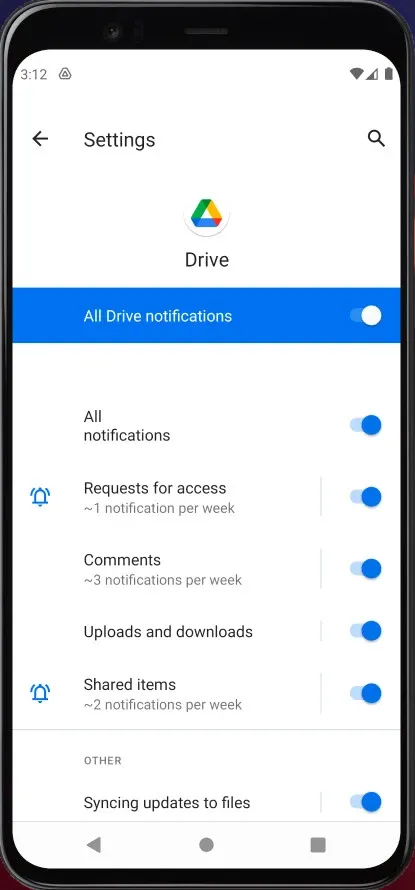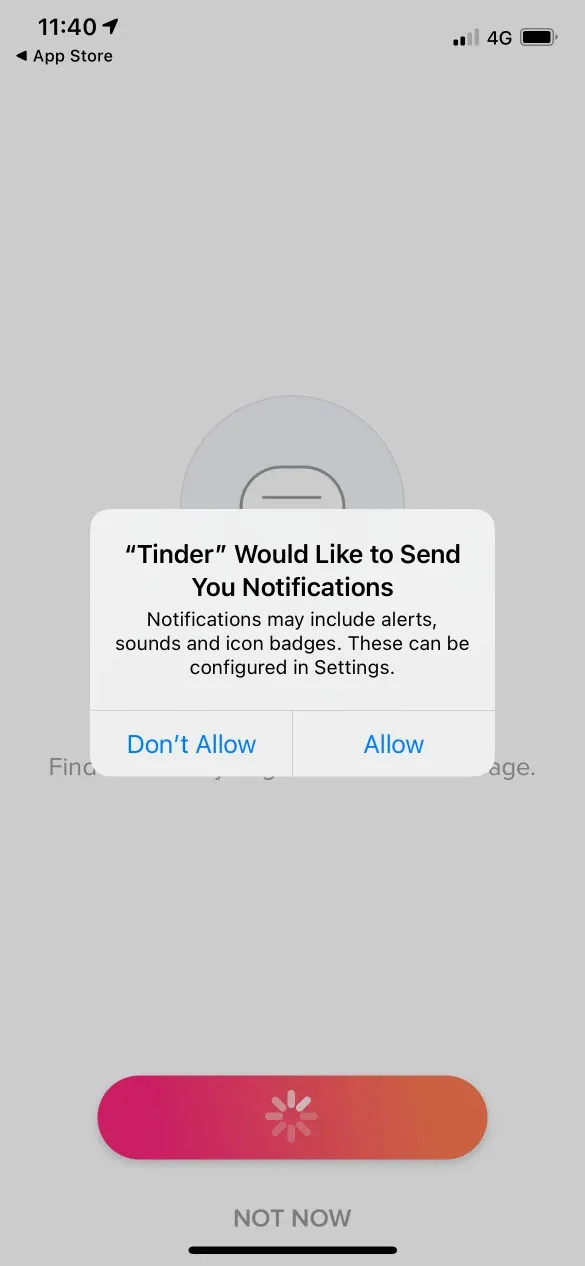Why Are Notification Poorly Handled, and What Can Be Done to Improve Them?
Nobody knows how to handle notifications, hence changes happening at each mobile OS release. Here is what could be done instead.

I recently found out that one of my favorite artists, Deen Burbigo, a French rapper, released a new album. I discovered that while randomly browsing Spotify. As I listened to the album, I wondered what the « Subscribe » button on the app meant since I didn’t get any notification regarding the album's release.
Then I realized that I haven’t received a notification on Spotify for quite some time and decided to investigate.
First, I went to my iPhone setting and checked that everything was enabled. No surprise, it was. The problem was somewhere else. I decided to head to the settings in the Spotify application.
To my surprise, I discovered that all notifications were disabled. At some point in my life, I decided to disable everything. I can’t remember when or why I did it. It bothered me because I had no way to understand what the problem was. No feedback was given informing me that all notifications are disabled on my account’s setting.
Are Notifications Well Managed?
Discovering this issue made me think about how notifications are handled.
I investigated notification management on several services (Instagram, Soundcloud, Facebook, Reddit, and Vivino) and realized this is a mess.
Emails and Notifications Are Not the Same
Firstly, most services consider notifications and email to be the same thing. It’s possible to receive an email for every notification you receive on your phone.
I agree that some news can be shared both by email or via a push notification. However, emails can do much more than what notifications do, at least more easily.
A notification is tied to a screen in the application. It redirects the user inside the application to a specific page. Emails don’t require any development except the creation of the email. It’s possible to create a new email campaign and only update the email server (or application backend), which is way easier than updating an application.
Besides, emails have one major advantage. They aren’t as disturbing as notifications are, and they are centralized. Everything is in one place, from Asana projects updates, Jira task changes, or Github pulls request comments. Having everything in one software or website is excellent and can help productivity if handled correctly.
Lack of Standardization
Currently, no best practice exists when it comes to notifications. It’s possible that such specifications will never exist because of the complexity of creating a system that works on every vendor. Besides, there is no correct way to handle notifications for web applications. This lack of reflection leads to confusion and poorly thought out implementation.
Apple might be the only company to create a standard method to handle notification on a broad range of platforms. While this may be positive, it is not enough. Applications may be available outside the Apple ecosystem making the company's efforts futile. And it won't address the web at all.
A standard solution that works on all operating systems must be defined. It will help create a solution where everything is handled in one place.
Lack of Feedback
Users are quite used to allow (or block) notifications when connecting to an application. However, users have no way to know what kind of notification will be sent. In my case, I wouldn’t have known that all my notifications are disabled at an application settings level.
Giving users feedbacks is critical. They should know what they accept and what will result from their actions. The current modal asking for permission is too simple, and a redesign of the latter is required.
Subscribe to the newsletter to get new articles right in your inbox!
Subscribe to the newsletterHow notification should be handled?
Several elements should be addressed to ensure a smooth notification experience. The following points will address the most important.
Device-Specific
Each device a user might own requires its unique notification settings. Someone might have an iPad for entertainment purposes where all notifications are enabled and a professional device where none are activated.
This is already done to an extent, it's possible to have device-specific settings, but it won't allow users to have fine control over what is displayed or not.
Notifications are handled on the device settings
Quite often, applications offer settings where a user can decide what is received and what isn’t - the one I decided to disable on Spotify - Those settings are global, meaning that changing something on one device will impact other devices a user is connected to.
This can create issues, and this is why removing all notification settings from the application is required.
It would make more sense to have this in the phone or tablet settings. All operating systems already have application-specific notifications settings. Users are getting used to this, and adding finer control over notification won't change habits.
Notification Channels
Google implemented in Android 8 notification channels. The idea is brilliant. It allows applications to have separate notification channels a user can subscribe to. It would be possible on Facebook, for example, to get notified for comments but not for likes. All this is tightly integrated within Android and in the notifications settings of the device.

Although the idea is good, the integration isn’t sufficient enough. Applications still have notification settings while having channels, it’s confusing, and users won’t understand how everything works.
Improve Notification Permission
Each application requires notification, and the current message asking for permission isn’t detailed enough. It’s a simple "yes" or "no" modal that doesn’t give any useful information.
The notification permission modal should be enhanced to show the different notifications while allowing users to enable or disable them.

The elements discussed above all come from things already being done, either across all platforms or exclusively by one major player. The missing element is the removal of notification settings from applications to allow full control over notifications. Some redesign will be necessary, but most elements are already here.
When will this happen?
Let’s be realistic. Such a system is doubtful to see the light of the day. I can’t think of Google, Apple, and Microsoft defining universal specifications for notification management. This doesn’t mean that effort couldn’t be made. Google has everything on its hand to further integrate notification channels. They could enforce the exclusive use of. Although it's more an Apple move to enforce choices to developers.
As said before, Apple could create a solution that works on every ecosystem device, working similarly to Android’s Notification Channels. Only web notifications won't be handled, but it's ok.
It's OK to leave the web on the side because nothing will really change regarding web applications. In fact, the notification settings would be simplified. There would be email preferences and notifications sent to the browser. No more strange mix between mobile and browser notifications.
The proposed solution is aimed at one point in particular: transferring the responsibility for notifications management to the device on which the service is installed.
The notification settings will be done in the device settings and not on a web interface, whatever the operating system. Making the life of developers easier and helping giving more control to the users in a centralized place.
